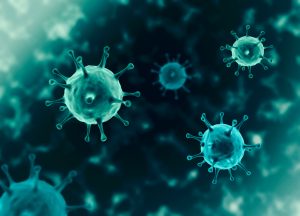
How does it work?
T-cells have “receptors” that allows them to see at a chemical level. The T-cell and its receptors have the ability to find and kill a wide range of cancerous cells in the lab including blood, colon, skin, bone, ovarian, kidney, breast, prostate and cervical cancer cells.
The T-cell receptors interact with a molecule that exists on the surface of every cell within the human body. That molecule is called MR1 and it is thought that signals the distorted metabolism by going on inside a cancerous cell to the immune system.
The T-cell also scans the surface of other cells and determines whether are cancerous or not. This process is individualized and the treatments are limited to different cancer types. This happens because it relies on a molecule called human leukocyte antigen, which differs from patient to patient. However, the researchers have found an uncovered T-cell receptor that ca can find the MR1 molecule which doesn’t vary amongst people.
“We are the first to describe a T-cell that finds MR1 in cancer cells – that hasn’t been done before, this is the first of its kind,” research fellow Garry Dolton told the BBC.
Testing was done on mice with human cancer and showed some promising results, the researchers said.
Van den Brink said researchers still need to discover what exactly the T-cell receptors are detecting on the MR1 and whether that’s related to cancer cells. “If it’s found on normal and cancer cells, then you can’t really develop this as a therapy,” he said.
However, more research is needed.
“It’s one T-cell clone that they worked with so we need to see if we can find more of these T-cells and can we find it in everybody,” van den Brink said.
Despite the work that needs to be done, the overall field of studying how T-cells can kill cancer cells has been the most promising research related to cancer treatments in recent years. He also said that it is only a matter of years before knowing for sure if their research will lead to results on patients.
“We can use the T-cells as living drugs to kill cancer, which is an amazing step” he adds.
Cancer affects many people, so we hope this breakthrough will bear some much-needed fruit.











































